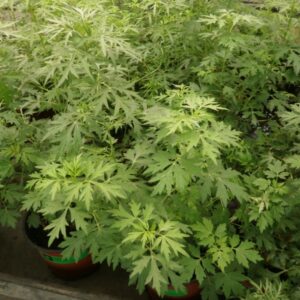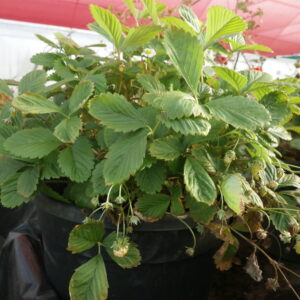
Basil, Tulsi Amarita
₡1,900.00
Out of stock
Related products
-
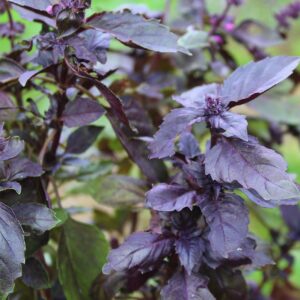
Basil, Purple (albahaca morada)
Culinary Garden ₡1,900.00 Add to cart
Basil, Purple (albahaca morada)
₡1,900.00
SKU: 0105 Category: Culinary GardenScientific name: Ocimum basilicum
Family: Lamiaceae
Origin: India and SE Asia
Medicinal use:In addition to its organoleptic properties, it is widely used to color many dishes, not only in Italian cuisine or a different pesto sauce, both fresh and dry we can use this aromatic herb in soups, salads, purees, sauces, vinaigrettes , meat, fish and even desserts.
38 in stock
-
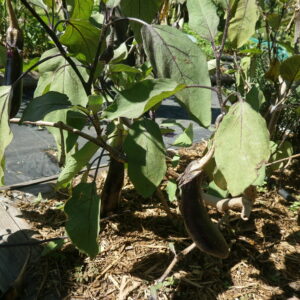
Eggplant
Culinary Garden ₡1,900.00 Add to cart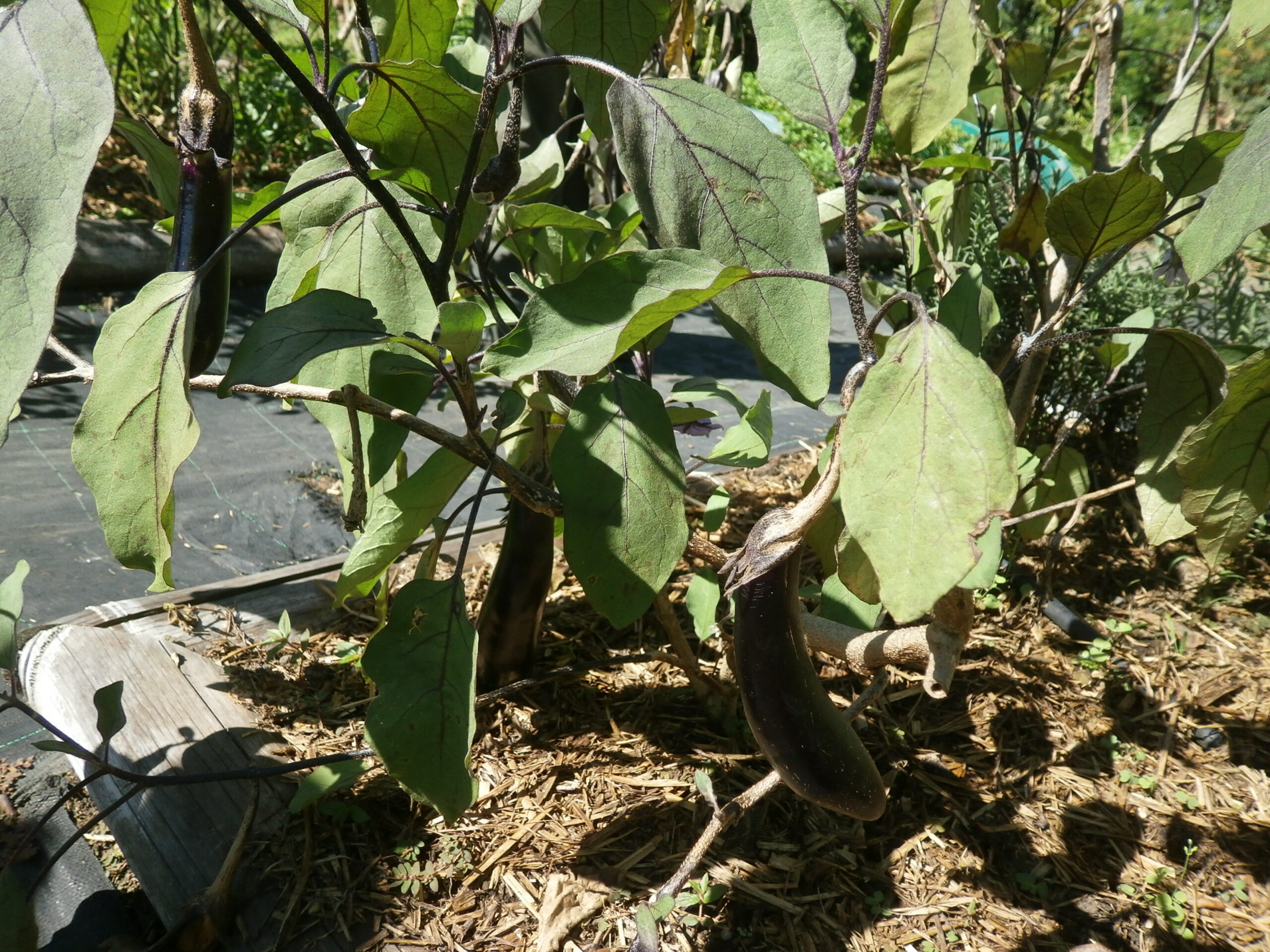
Eggplant
₡1,900.00
SKU: 0310 Category: Culinary GardenScientific name: Solanum melongena
Family: Solanaceae
Origin: S Asia
Medicinal use: The consumption of eggplant is recommended after a brief cooking and with its skin properly washed previously, since it is in this last part of the eggplant where antioxidants and fiber are found in greater proportions. We can include eggplant in a sauté, a sauce, an omelette, a vegetarian curry or, in a tasty salad. Eggplant is a very low-calorie vegetable because it has more than 90% water.
31 in stock
-

Arracacha
Culinary Garden ₡1,900.00 Add to cart
Arracacha
₡1,900.00
SKU: 0220 Category: Culinary GardenScientific name: Arracacia xanthorrhiza
Family: Apiaceae
Origin: S America
Medicinal use:The uses of arracacha are very similar to those of potatoes. This tuber is used in South American gastronomy to prepare various dishes, soups, stews, meatballs, cakes, gnocchi, purees and garnishes. The arracacha provides a special flavor and color to the dishes. The young stalks can be consumed in salads. Given its nutritional value, the consumption of arracacha is recommended in the diet of children, the elderly and convalescent.
13 in stock
-
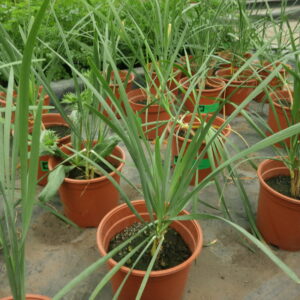
Chives, Garlic
Culinary Garden ₡1,900.00 Add to cart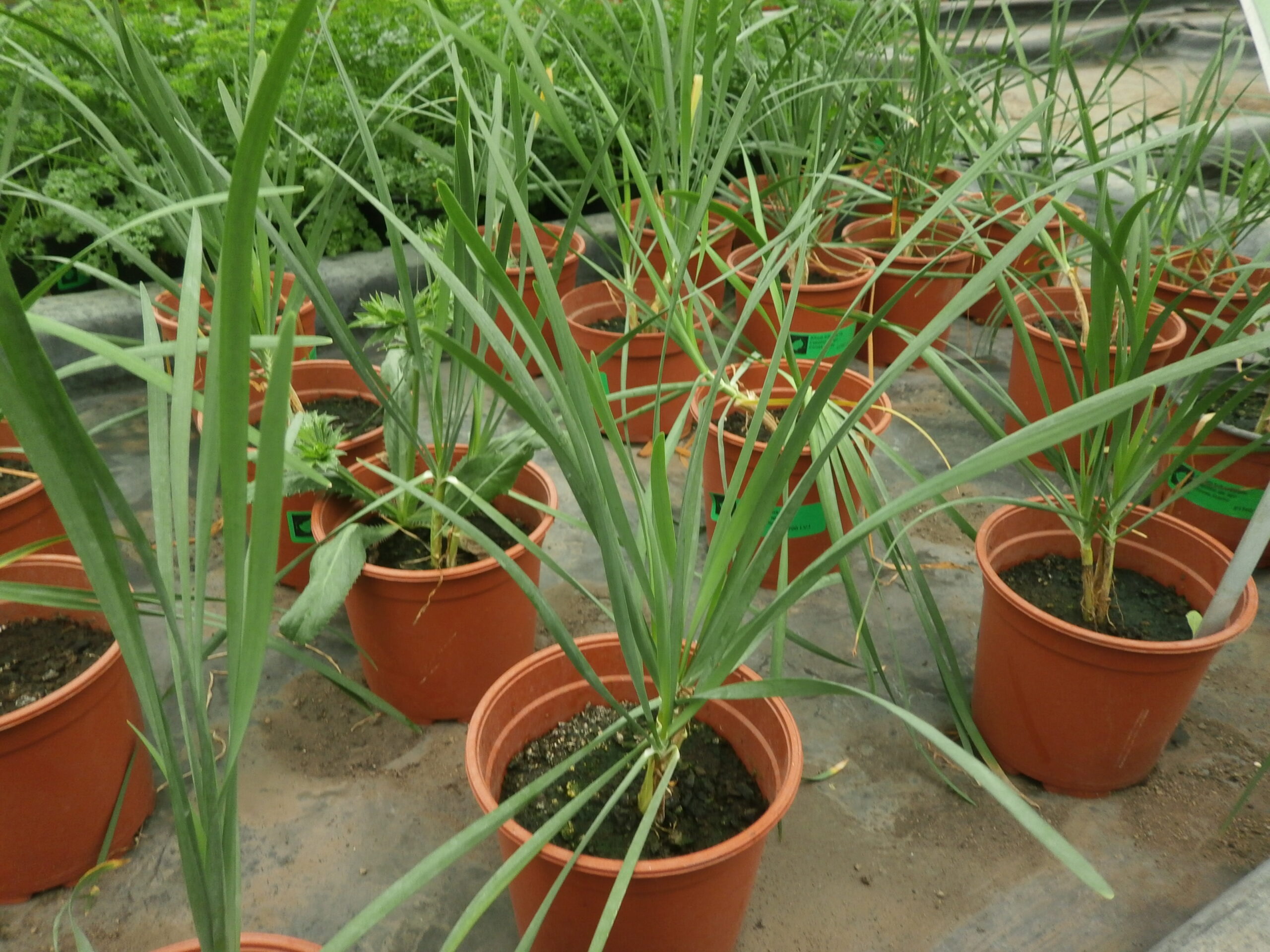
Chives, Garlic
₡1,900.00
SKU: 0505 Category: Culinary GardenScientific name: Allium tuberosum
Family: Amaryllidaceae
Origin: China, Japan and India
Medicinal use:It is a vegetable related to the onion. It is grown and used as a substitute for garlic and onion in cooking and is known as “Maroi nakupi”. The flavor is more like garlic chives. The chopped flowers and leaves are usually sprinkled in salads, sandwiches and stews in general. It is delicious for making compound butters and cream cheese.
11 in stock

